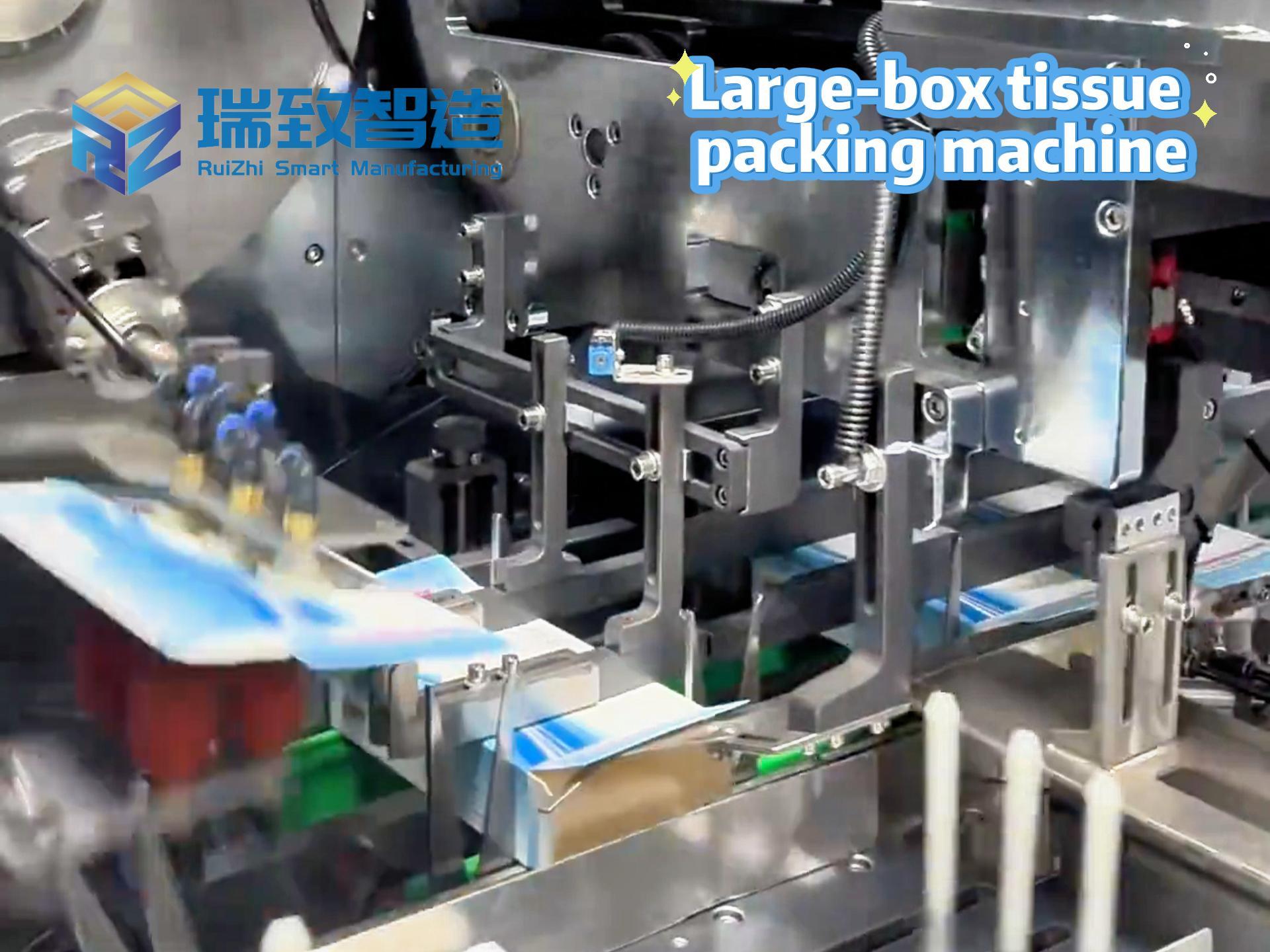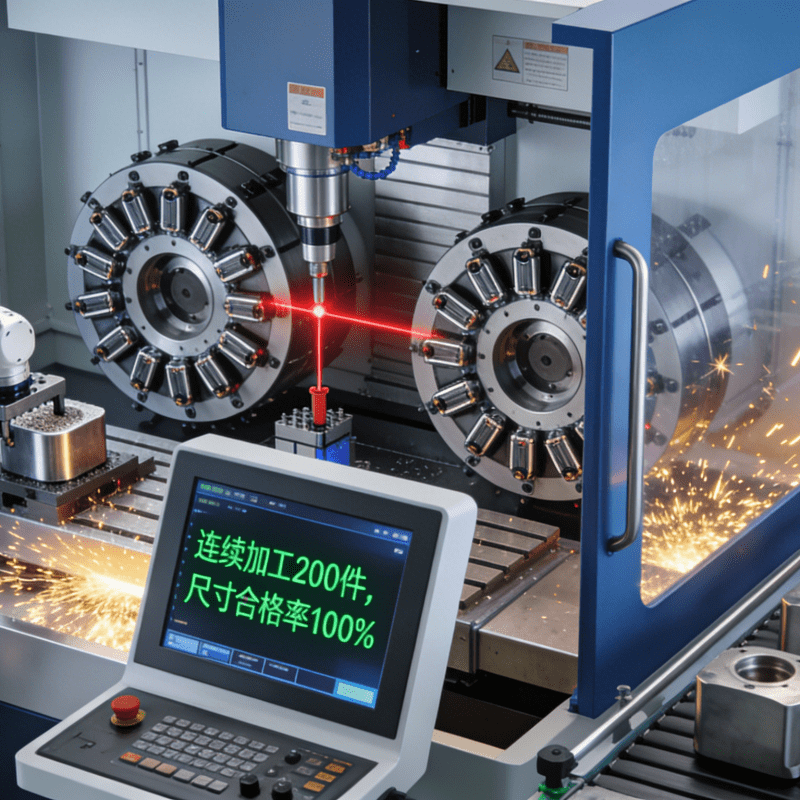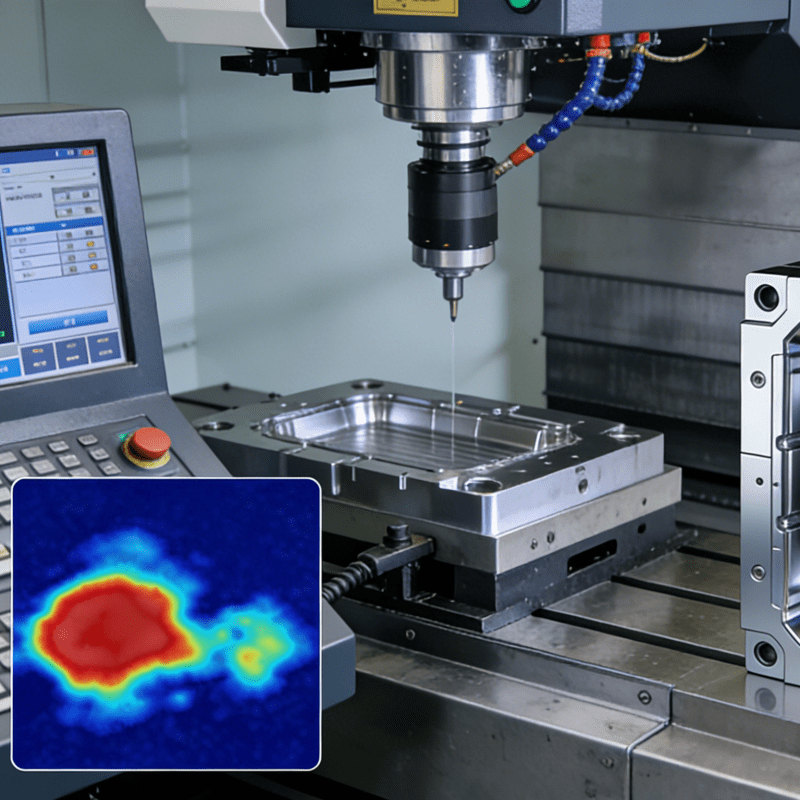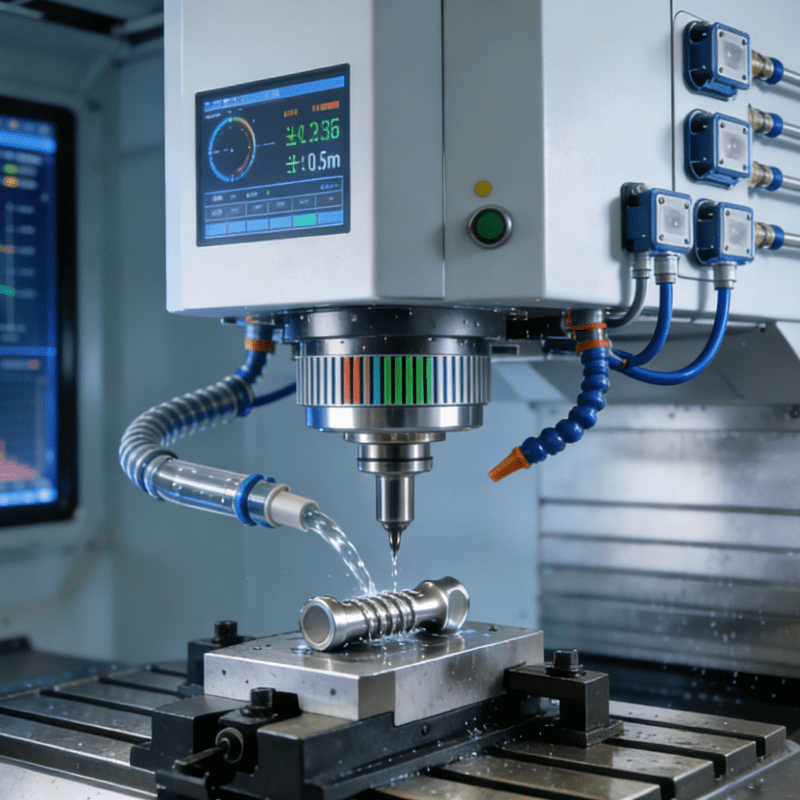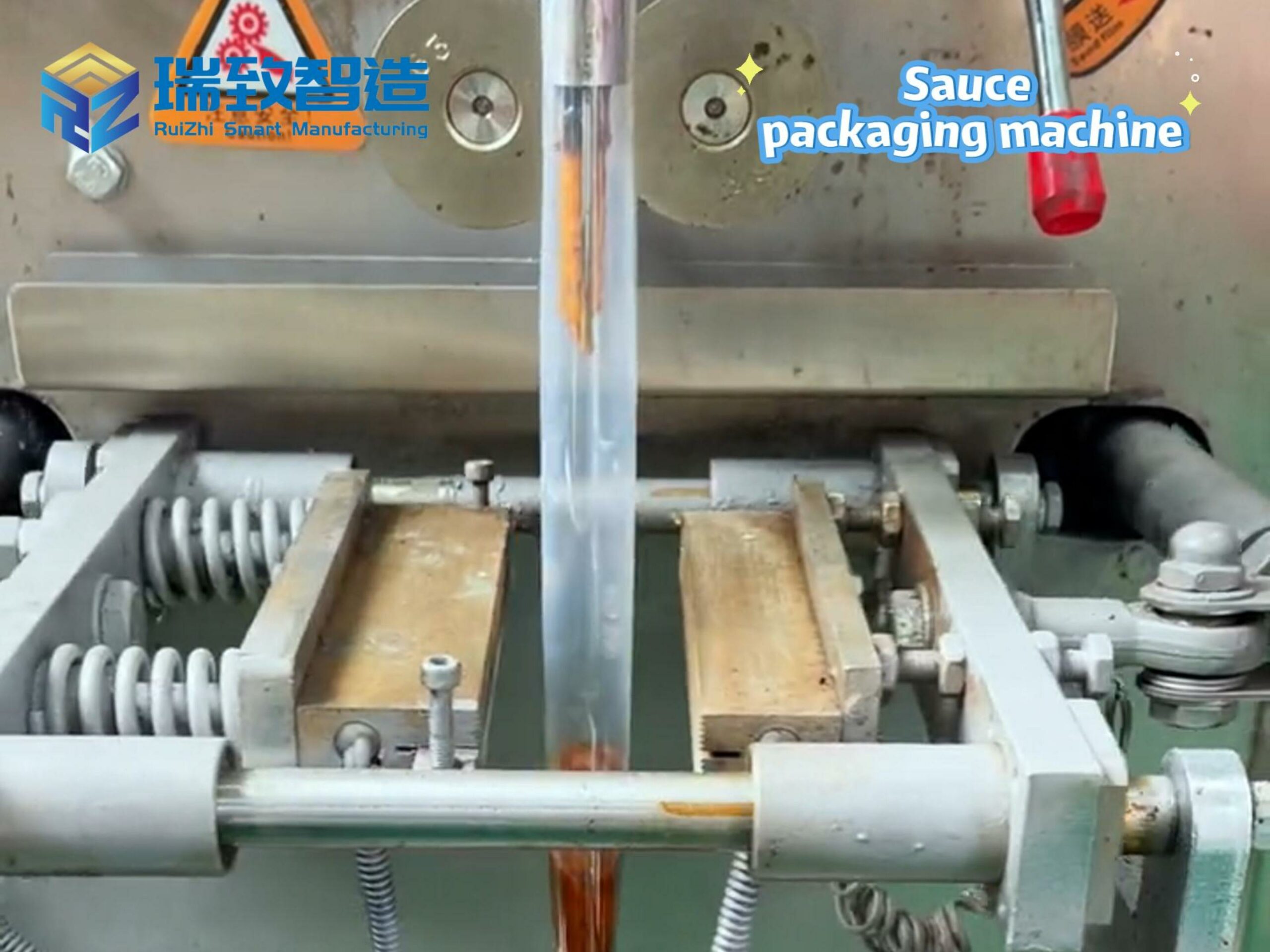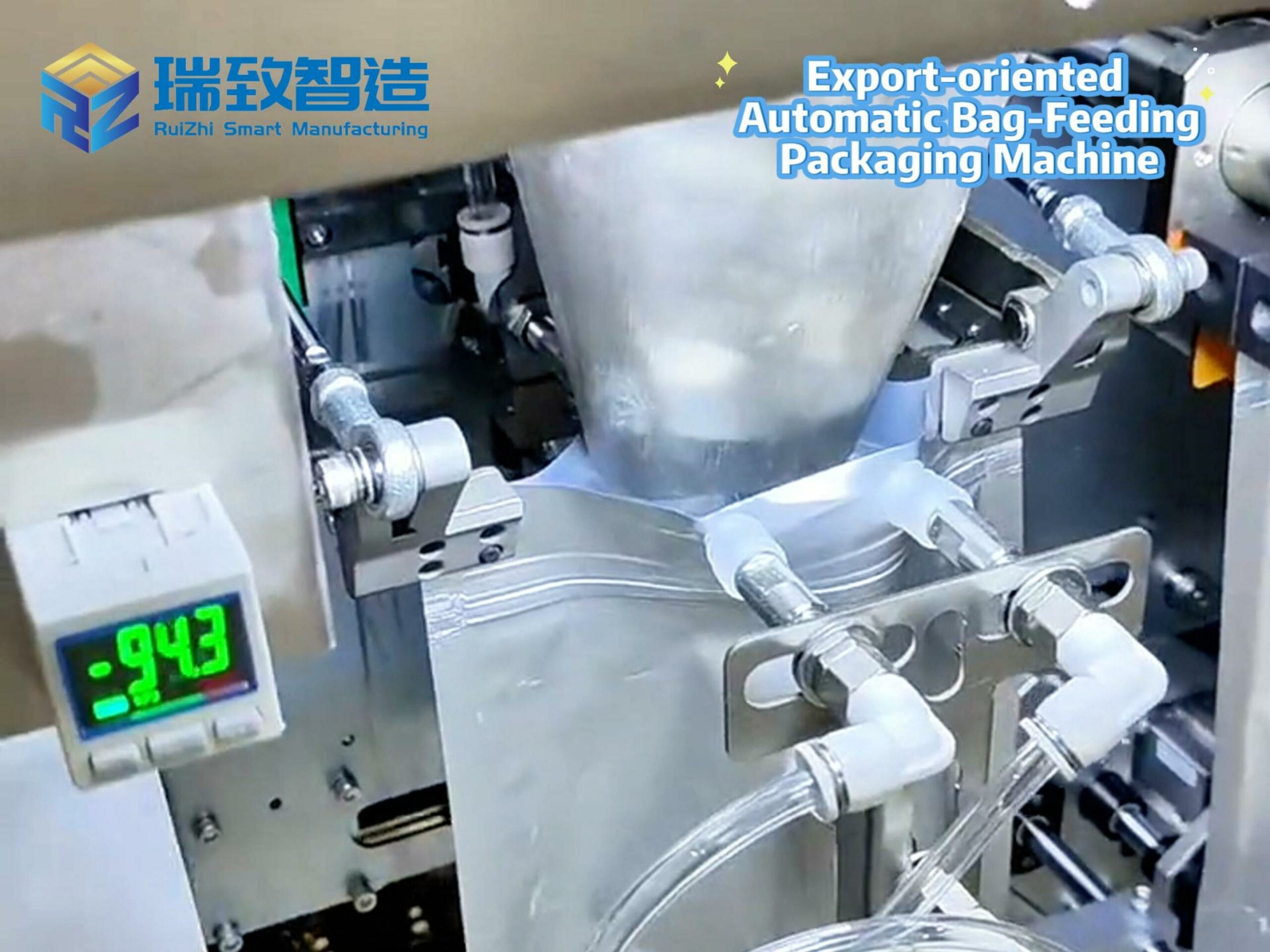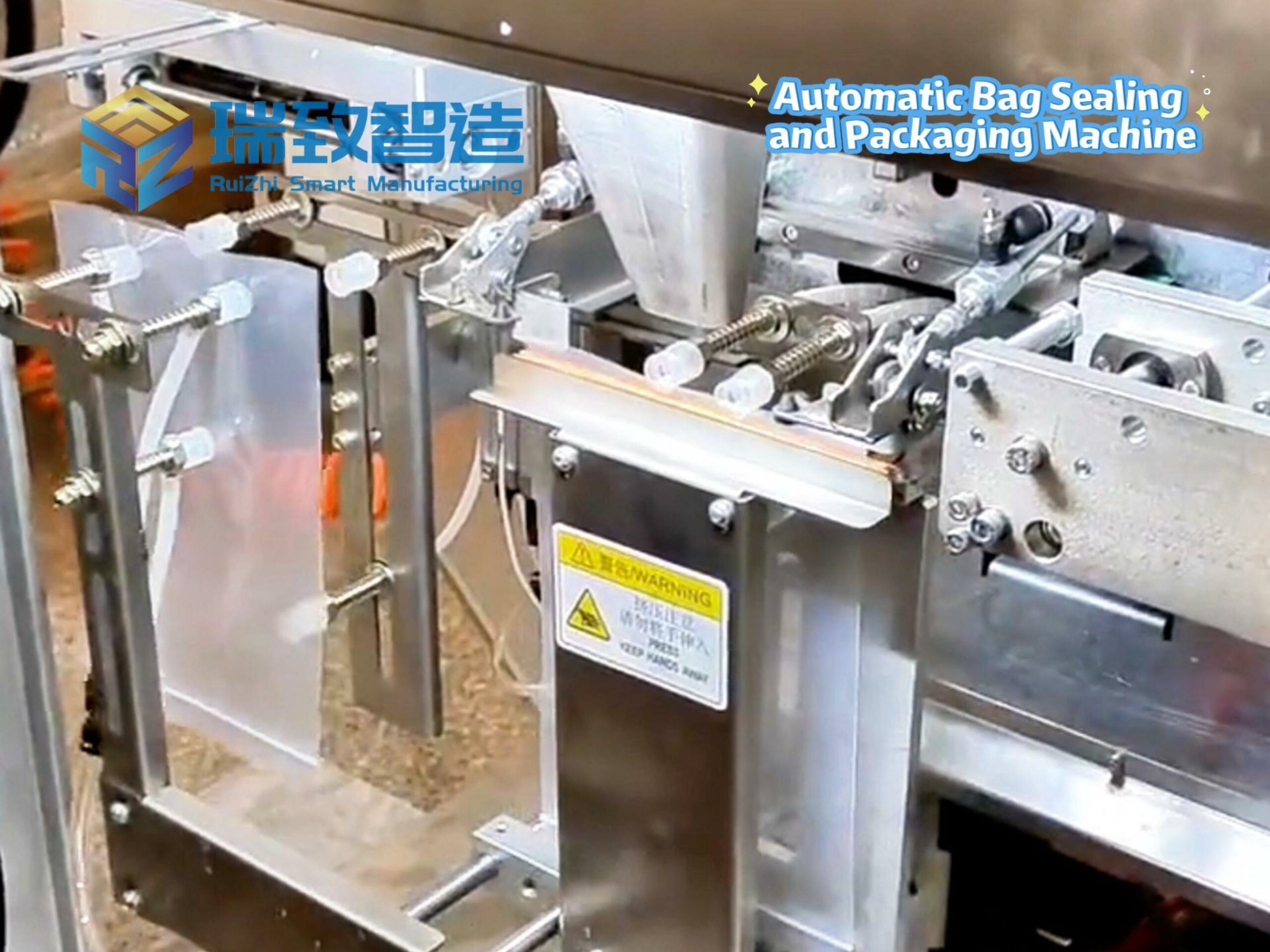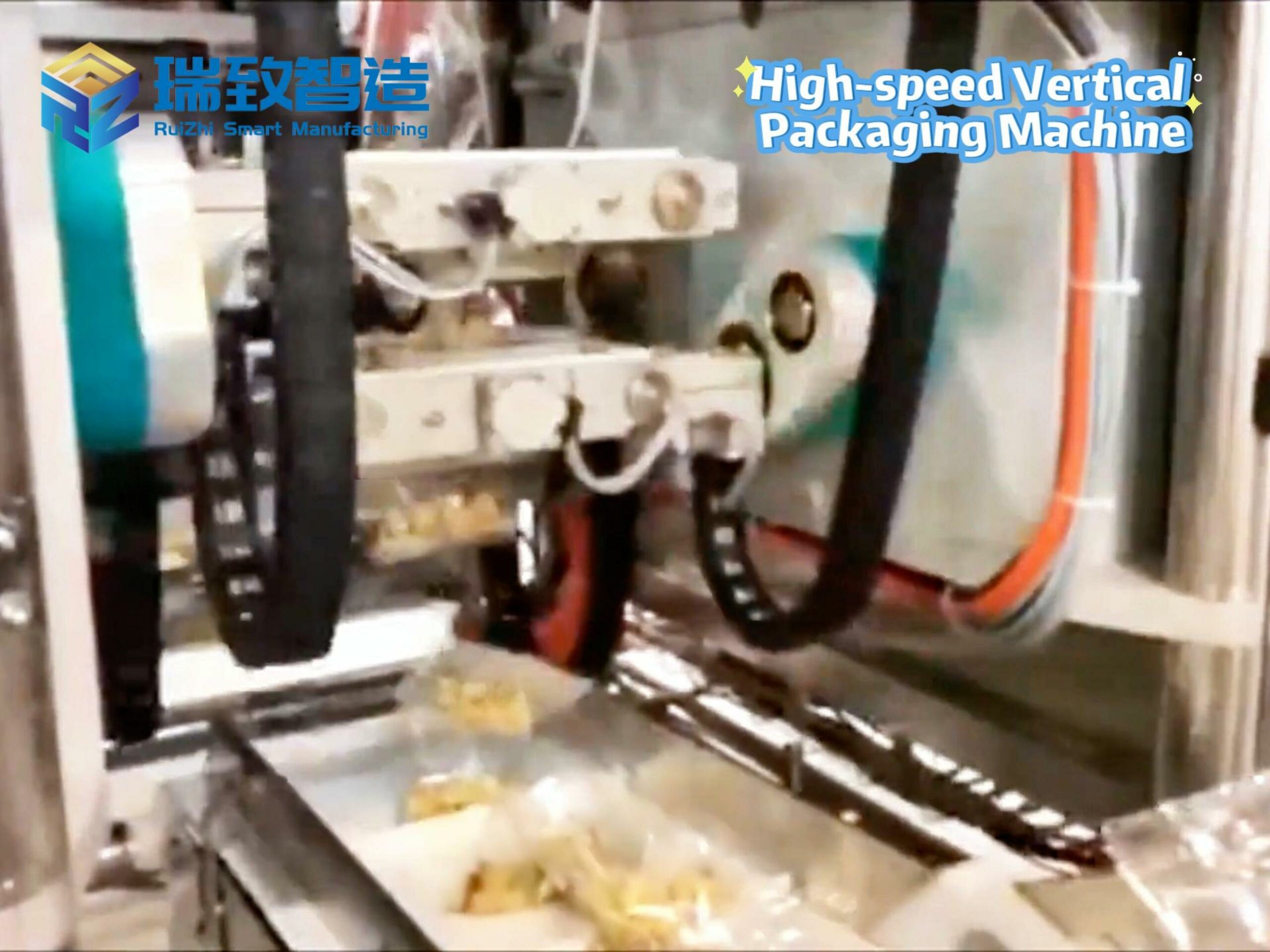When CIOs and AI leaders talk about scaling AI, the conversation almost always circles back to a single tension: performance versus flexibility. For years, the conventional wisdom has held that you can’t have both. To get the speed AI demands, you’d have to lock into rigid, bare-metal infrastructure—wasting hardware capacity, ballooning costs, and trapping yourself in inflexible systems that can’t keep up with evolving models or workloads.
But that trade-off is dead.
Recent MLPerf Inference 5.0 results—independently verified benchmarks—tell a new story. Using VMware Cloud Foundation and NVIDIA H100 GPUs, we ran large AI models like Mixtral-8x7B and GPT-J in a virtualized environment and matched (even outperformed) bare-metal performance. What’s more, we did it while using only a fraction of CPU resources, leaving room to run other applications alongside AI workloads.
This isn’t a lab experiment. It’s proof that automation is redefining AI infrastructure—turning rigid systems into agile, efficient platforms that deliver speed and flexibility.
Why Automation Matters Now
Running enterprise AI isn’t just about deploying models. It’s about juggling compute, GPUs, network, and storage resources in real time—all while handling unpredictable demand, securing sensitive data, and keeping legacy systems and new AI tools running side by side. Without automation, teams get stuck in a cycle: either over-provisioning resources to avoid bottlenecks (wasting money) or scrambling to fix performance gaps (wasting time).
Automation breaks this cycle. Take Broadcom’s VMware Cloud Foundation (VCF): Its distributed resource scheduler doesn’t just balance workloads—it adapts them on the fly. It tracks memory usage, GPU saturation, and I/O in real time, reallocating resources before bottlenecks form. At Broadcom, we’ve pushed clusters to 95% utilization and kept them there—a level of efficiency that’s impossible with manual management.
But automation’s value goes beyond resource allocation. It creates end-to-end continuity, governing every layer of the AI lifecycle:
Model deployment and versioning (so teams avoid “model drift” and roll out updates smoothly);
Security scanning and compliance (ensuring models and data meet regulations without slowing deployment);
Encryption (protecting data in transit and at rest, no manual checks needed);
High availability (automatically rebalancing workloads if a node fails, zero downtime);
Disaster recovery (quickly rolling back to a “known-good” state if issues like ransomware strike).
This continuity turns reactive “fire drills” into proactive operations. Teams spend less time troubleshooting and more time innovating.
Virtualization Without Compromise
Skeptics still argue: “Serious AI needs bare metal.” They worry virtualization will slow models down, complicate orchestration, or force teams to rebuild workflows from scratch. But the MLPerf results—and real-world deployment—debunk this.
Virtualized AI infrastructure, powered by automation, avoids the “silo trap.” Instead of building separate systems for legacy apps, core business tools, and AI, you pull from a shared resource pool. This means:
No wasted hardware (resources are allocated dynamically, not left idle for “just in case”);
No retraining teams (workflows they already use—for monitoring, security, or updates—still apply);
No trade-offs between stability and flexibility (legacy systems and cutting-edge AI run side by side, securely).
For enterprises balancing decades of existing infrastructure with new AI goals, this is transformative. You don’t have to overhaul your tools or sacrifice control to get cloud-like agility.
Proof, Not Promises
The MLPerf Inference 5.0 tests weren’t cherry-picked. We ran them across eight virtualized H100 GPUs using vSphere 8.0.3, handling tasks from computer vision to natural language processing. The result? Virtually no performance degradation—and in some cases, better speed than bare metal.
This matters because it’s independent validation. AI architects no longer have to take “trust us” on faith. The data shows virtualized environments can deliver the performance serious AI demands—while automation removes complexity, not adds to it.
It also dispels the myth that private infrastructure is “too complicated” compared to public cloud. With automation handling deployment, security, and failover, teams get cloud-like ease without handing over data control or facing unpredictable cloud bills.
A New Era for AI Infrastructure
The MLPerf results aren’t just numbers—they’re a sign of what’s now possible. Enterprises can run AI and non-AI workloads on the same platform, under the same security controls and backup routines they already trust. They can scale up without scaling out hardware. They can adapt to new models or workloads without rebuilding systems.
Automation isn’t just about “faster deployment” or “fewer manual steps”—though it delivers both. Its real power is in redefining what AI infrastructure can be: secure, efficient, and flexible enough to keep up with AI’s rapid evolution.
The conversation about AI scaling has shifted. It’s no longer “performance or flexibility”—it’s “how to get both, without compromise.” And automation is the key.
This is more than a technological shift. It’s a new foundation for AI innovation—one where enterprises stay in control, keep costs in check, and focus on building AI that drives their business forward. Beyond bare metal, beyond trade-offs—this is AI infrastructure, redefined.


